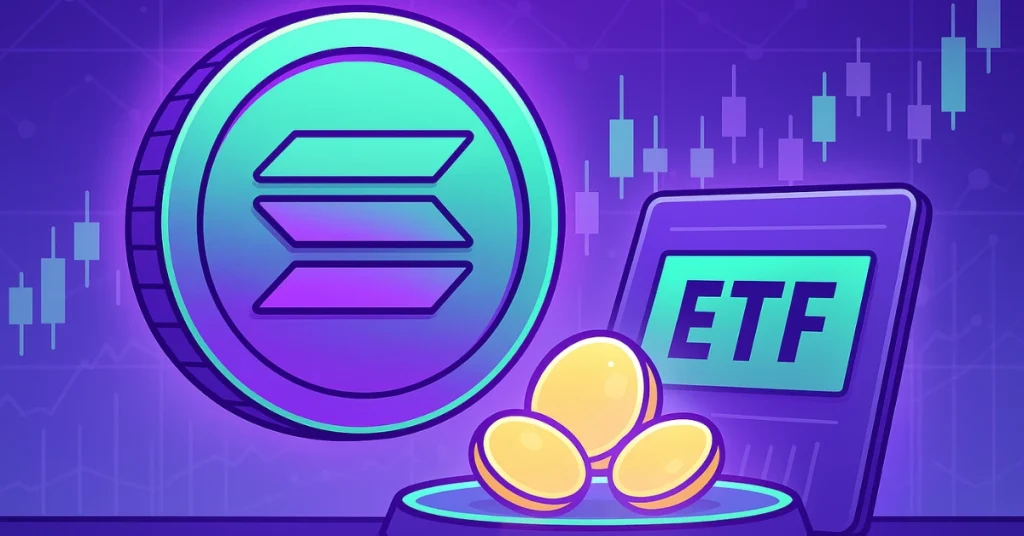
2 types of hyperchain
Matter Labs, which develops ZkSync Era, a layer 2 scaling solution for Ethereum (ETH), released the modular open source framework “ZK Stack” on the 26th.
ZK Stack is for external projects to build their own networks using zero-knowledge proof (ZK) technology. You can build a fully customizable second layer (L2) network or a third layer (L3) on top of ZkSync Era.
The former can be customized without restrictions, from sequencer selection to data availability modes to unique token economics. The latter means it will be able to interoperate with zkSync Era and access shared liquidity pools.
L2 networks on the ZK Stack can also be connected to other networks as needed using a feature called Hyperbridge. Hyperbridge enables interconnections between hyperchains for reliable and fast operation.
ZK Stack is developed under the MIT/Apache open source license and is freely available to anyone. Matter Labs expects the first hyperchain to go live later this year. “The ZK Stack is a toolkit for the community to extend (the ecosystem),” the blog post states.
Our top priority is to enable more teams to understand the ZK stack and contribute to its development. More hyperchains will increase the number of core contributors, empowering the community to become true owners of the zkSync network and uphold ZK Credo’s principles and values.
What is a zero-knowledge proof?
Zero-knowledge proof is a type of proof protocol, in which the prover proves that the claim is “truth” without disclosing any information other than “the claim is true” to the verifier. mechanism to do.
 Cryptocurrency Glossary
Cryptocurrency Glossary
connection:“ZK Creed” from Matter Labs, a New Vision for Zero-Knowledge Proofs
Basic functionality and security
Security-wise, Hyperchain operates as a self-contained blockchain network, relying on the first layer (L1) of Ethereum for its security. In other words, the hyperchain functions independently of other hyperchains or external factors, and relies on Ethereum L1 to finalize transactions and ensure security. This gives hyperchains high security guarantees.
Anthony Rhodes, SVP of Technology at Matter Labs, told cryptocurrency media The Block that if you want to run a hyperchain, you need to run a sequencer (a node that verifies proofs), but all projects clarified that it was not necessary.
In addition, ZK Stack provides a native account abstraction (programmatic payment functionality). Transaction types that rely on external data, such as Oracle updates, say they can save significantly more with the ZK Stack than with other rollup methods.
Recently, more and more blockchain projects are using their own technologies to create independent blockchains. In line with this trend, the second layer (Layer 2) project has also begun similar efforts.
For example, Optimism has an OP stack and a superchain, already adopted by US cryptocurrency exchange Coinbase. A notable difference here is that Optimism is built on optimistic rollups, whereas zkSync is built using zero-knowledge proofs for every transaction.
What is Optimistic Rollup?
Optimistic Rollup is a technology that processes transactions off-chain and submits them collectively to Layer 1. It operates on the premise that the transaction data sent from L2 is correct. If there is fraud, the transaction will be invalidated by “fraud proof” and penalties and rewards will be given to the parties involved.
 Cryptocurrency Glossary
Cryptocurrency Glossary
connection:Coinbase L2 ‘Base’ Testnet Hard Fork Postponed
The post Matter Labs Releases ‘ZK Stack’ for Building Hyperchains appeared first on Our Bitcoin News.

 2 years ago
126
2 years ago
126














 English (US) ·
English (US) ·